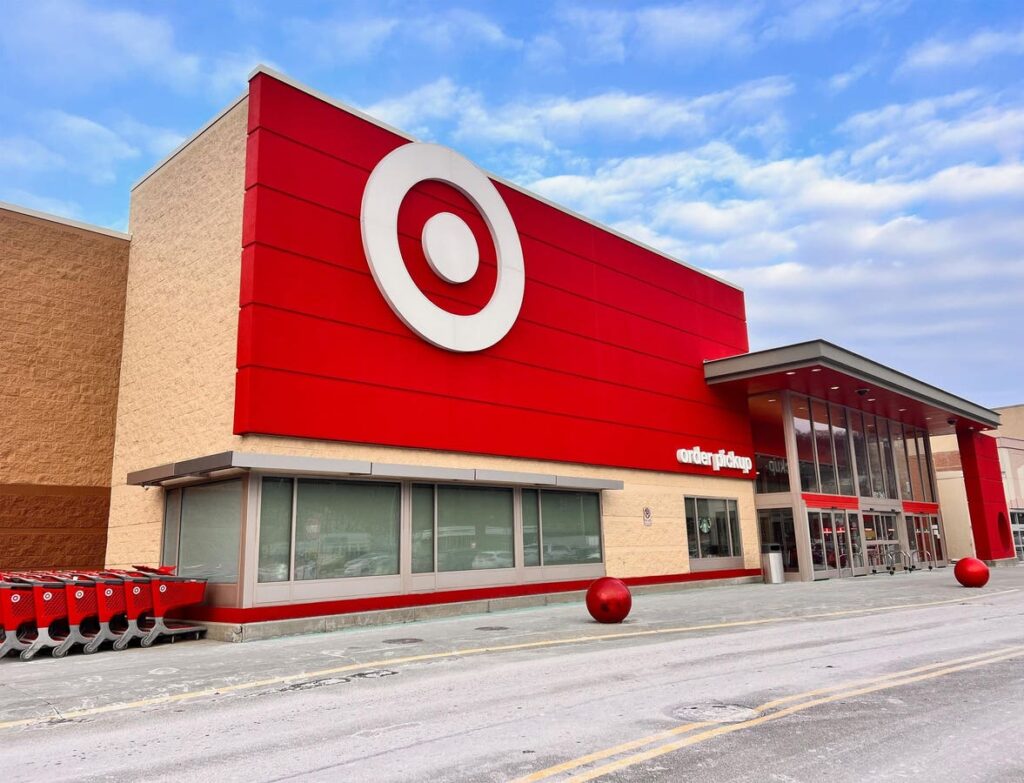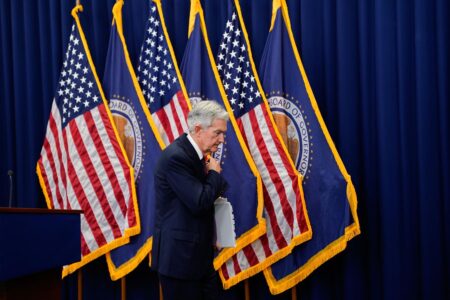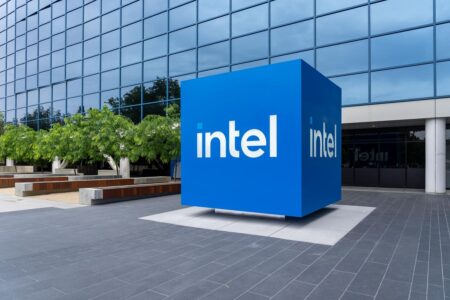The country’s seventh largest retailer has been the bullseye for grassroots consumer boycotts, but the real cause of its woes is in the c-suite.
For a moment there, at the onset of the COVID-19 quarantine, Target seemed to be riding high on a wave of innovation that broke out when retailers of every stripe and category had to scramble to save their businesses from a global catastrophe. As we reported here in 2021, Target managed a rapid roll-out of an experimental click-and-curbside-collect program while simultaneously building out a credible e-commerce platform to drive sales.
The gambit was a big success. Target’s e-commerce business boomed, growing faster than Amazon and Walmart. The company won kudos for touches such as placing well-staffed pickup counters directly in front of the main entrance, ensuring crisp customer service. Shoppers were spared from standing in long lines and were more inclined to park and take a stroll through the store before leaving.
What a difference a pandemic makes. Over the past two years, Target has found itself on fumbling defense. At this time a year ago, the company first started reporting that a long stretch of revenue growth had run out of gas because (according to Target execs) its customer base had been spending less on nesting (think throw pillows and furnishings) and more on travel and entertainment.
For its fiscal year that ended on January 31, 2024, the company said revenue retreated by 1.6% and comparable store sales sagged by nearly 4%. In sharp contrast, both Walmart and Costco—with overlapping customer bases—posted annual revenue growth of more than 6%.
What went wrong? A series of clear leadership missteps?
Among the explanations was a boycott over an in-store Pride Month promotion in 2023 that backfired spectacularly.
Also in 2023, Target closed nine stores in urban areas citing theft and violence, but an in-depth CNBC investigation claimed it found that crime rates were actually lower at the closed stores than at other nearby stores that remained open. The difference: stores that stayed open were in higher-income neighborhoods.
According to CNBC, the findings, “cast doubt on Target’s explanation for the store closures and raise questions about whether the company’s announcement was designed to advance its legislative agenda and obscure poor financial performance.”
Target ran into yet another publicity buzzsaw last year during Black History Month when several historical figures such as Booker T. Washington were misidentified on a collection of refrigerator magnets. And a customer filed a class action lawsuit claiming the company “surreptitiously” operated an anti-theft surveillance system that violated Illinois’ Biometric Information Privacy Act.
In the head-to-head competition with rivals, Target has seemed to be running a me-too campaign.
It was late in developing a robust line of private label merchandise, far behind Walmart and Costco. And the company ballyhooed a long-term plan to add 300 mostly full-sized locations just as its rivals were planning smaller stores in neighborhood shopping centers.
Finally, four days after the new administration took office in November, Target dismantled its DEI efforts—in which it had invested a lot of brand capital—which unleashed a fresh wave of scorn.
The latest news is more bleakness for the nation’s seventh-largest retailer. Since January, foot traffic has been steadily declining. The company’s management has been mostly silent, according to a recent report on Forbes, and analysts describe the company’s woes as self-inflicted” and its leadership as “drifting.”
Given the current economic cycle, with so much uncertainty and wariness among consumers, it’s hard to imagine what Target could do to rescue itself from itself. Before the pandemic there were rumors that Amazon had its eye on acquiring the company as a quick way to create a bricks-and-mortar presence that could compete with Walmart, Costco, and others.
Nothing became of the Amazon rumor, and it is harder to imagine today than it might have been in 2019. But it will probably take a shake-up of equal magnitude—a leveraged buyout and a clean c-suite slate, perhaps—and a major rebranding to reverse the slide and possibly resurrect Target’s once-coveted cachet as the classy discount store.
Investors might consider, what has been the 5-year return on invested shares? As of today, negative twenty-one percent (-21%) roughly vs S&P at plus ninety-four percent (+94%).
Read the full article here
















